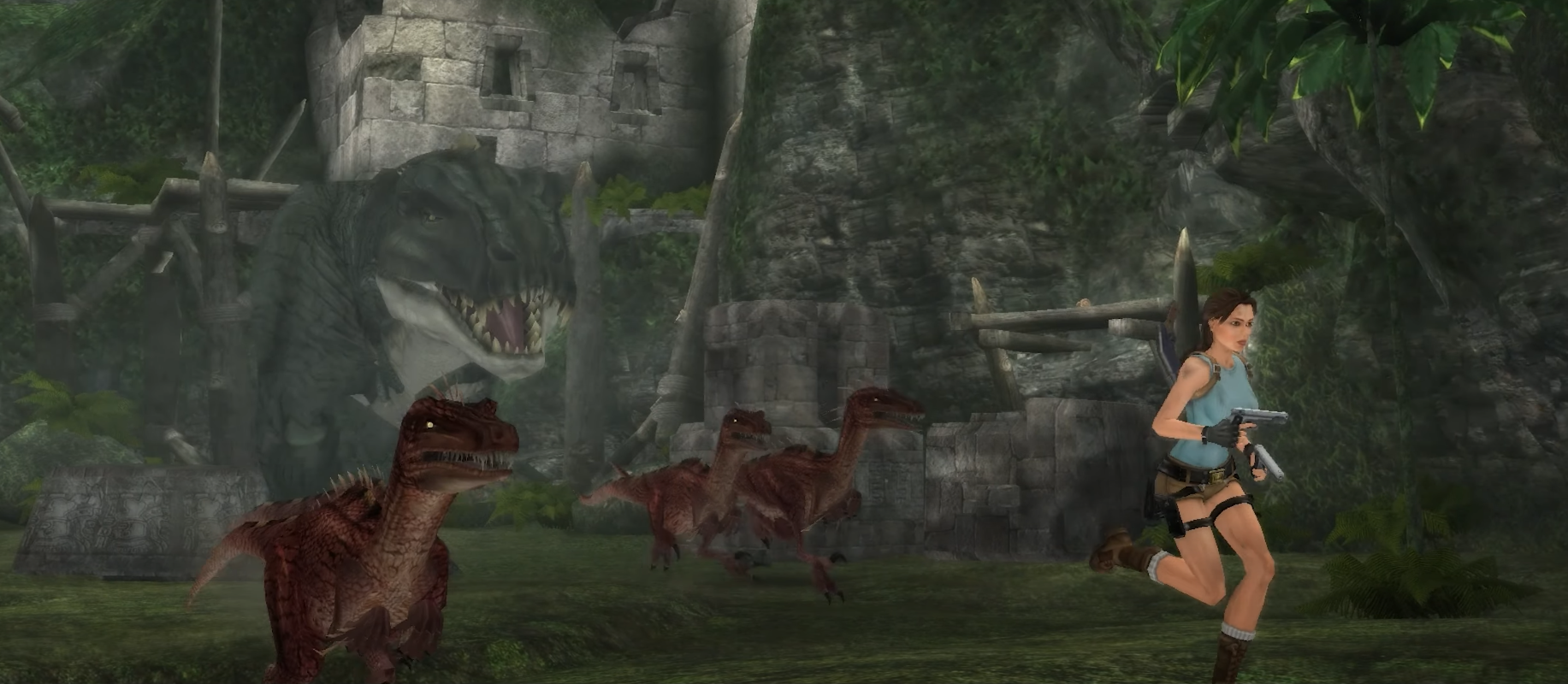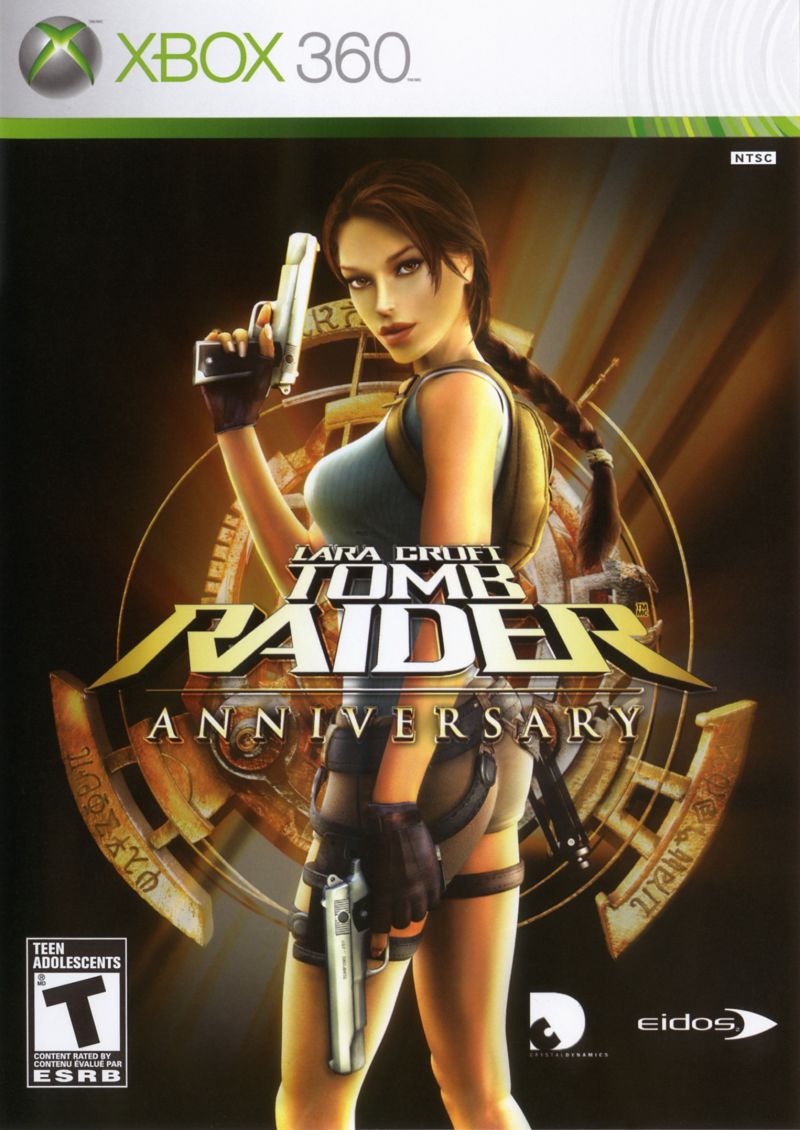

“I trust my instincts.”
Tomb Raider: Anniversary reimagines the original Tomb Raider from 1996, retaining its enduring elements—namely its level design, sense of exploration, and striking atmosphere—and discarding those that didn’t age well—namely its restrictive movement and unforgiving controls.
Rather than stretch a new skin over old bones, Crystal Dynamics uses their first Tomb Raider title, Legend, as a template. Indeed, in addition to adopting the aesthetics and mechanics of Legend, the storyline of the original game is retconned so that it can function as a prequel. The trilogy would wrap up a year later with Underworld before a full-on reboot with 2013’s Tomb Raider.
With the additional control precision, the game offers a more lively style of platforming than the original, revamping levels with increased scale, verticality, and out-of-the-box environmental puzzles, not to mention enhancing their majestic auras with graphical facelifts.
In contrast to the combat-centric dynamic of Legend—which also cluttered things up with play-by-play commentary from a sidekick via intercom—Anniversary is relatively sedate, its ambiance complemented by an orchestral score from Troels Brun Folmann. The player will occasionally encounter wild animals that need shot in the face and requisite boss battles are present as expected, but for the most part it’s just Lara Croft grasping at ledges, swinging from ropes, evading mechanical traps, and poking around in ancient ruins as she passionately pursues the Scion of Atlantis.